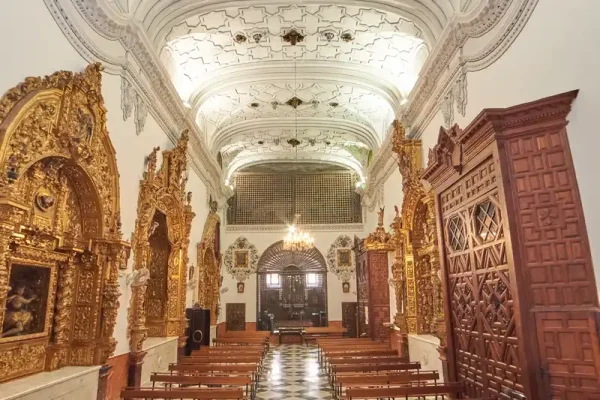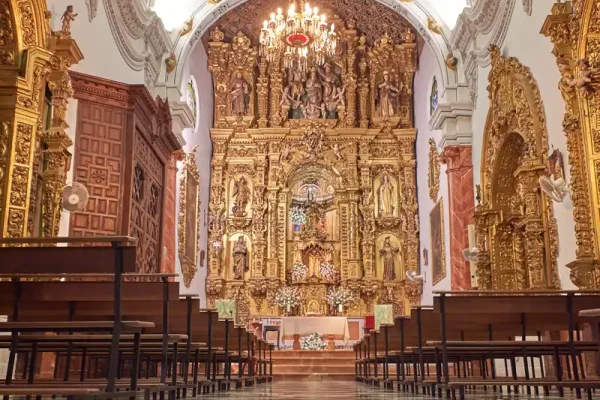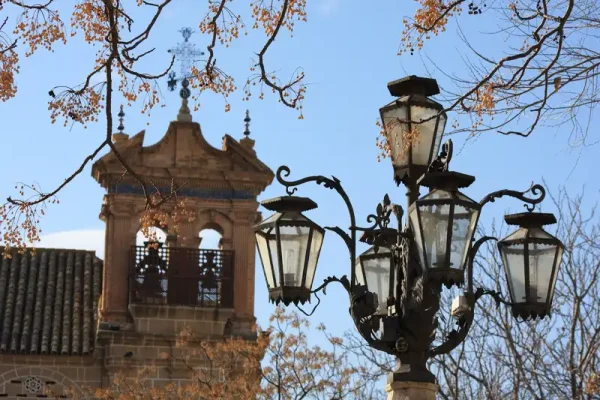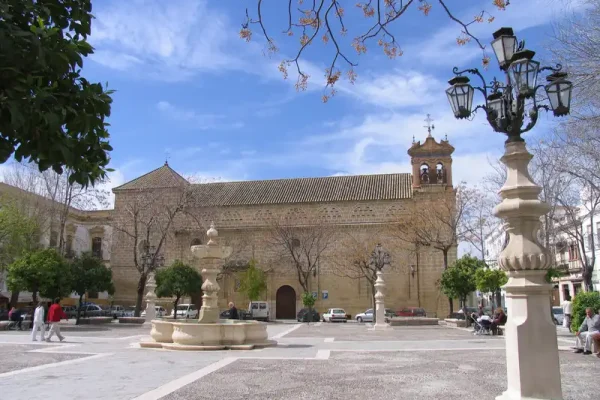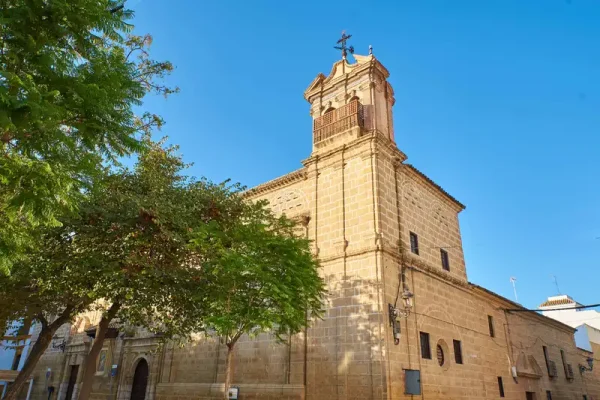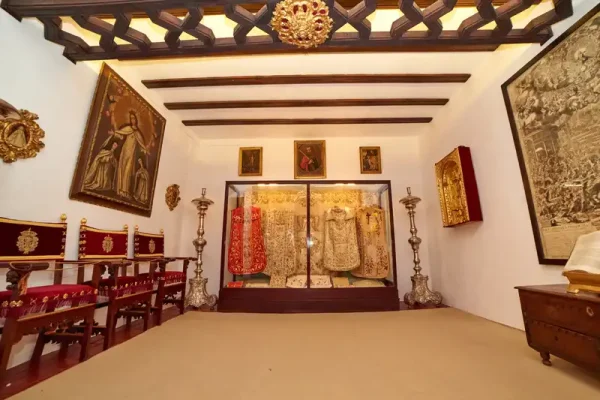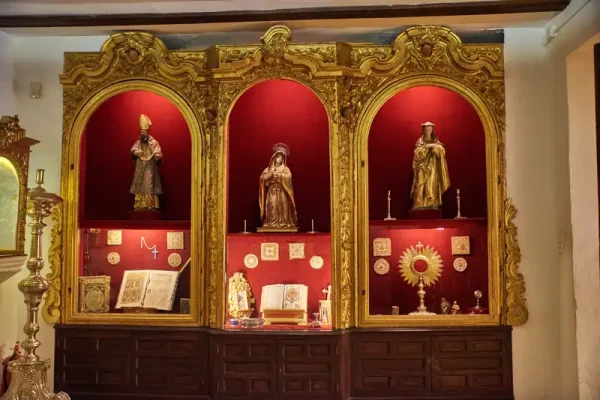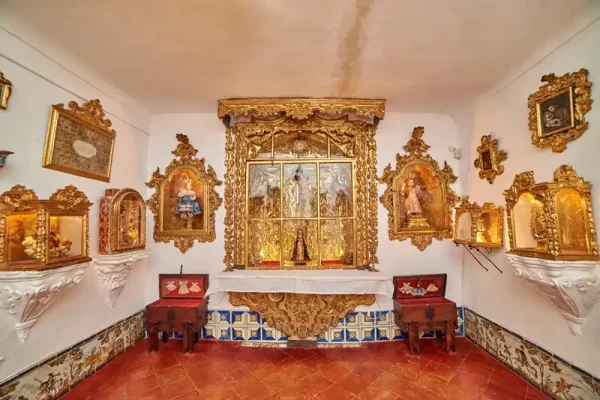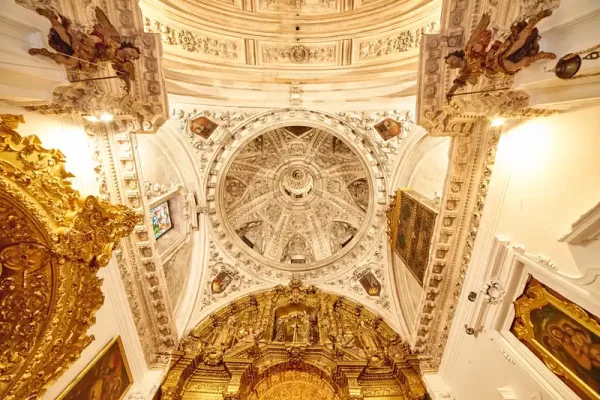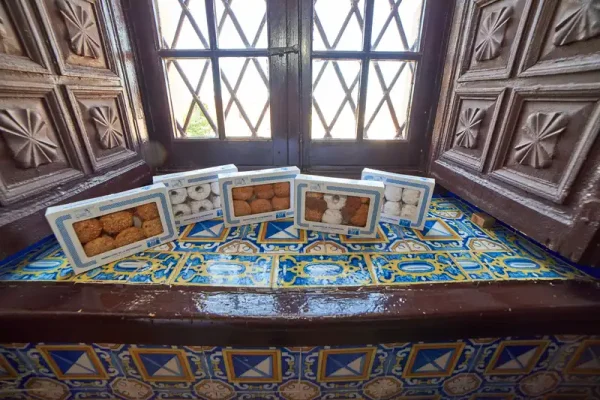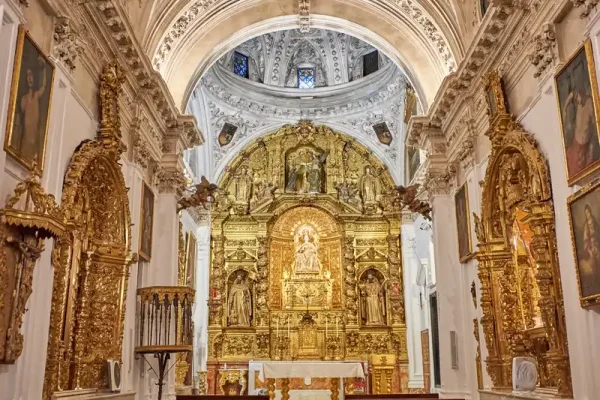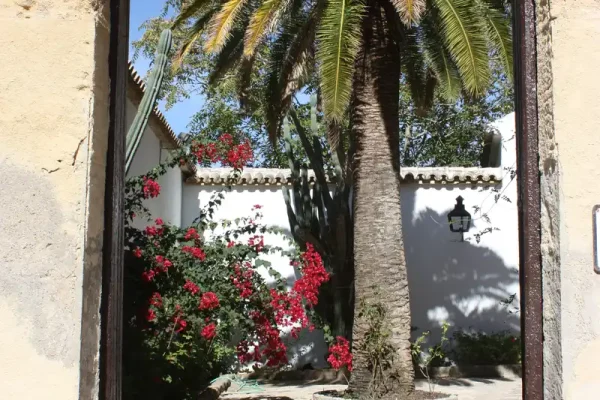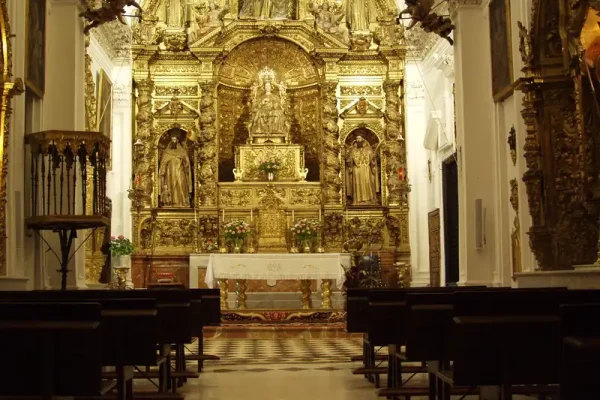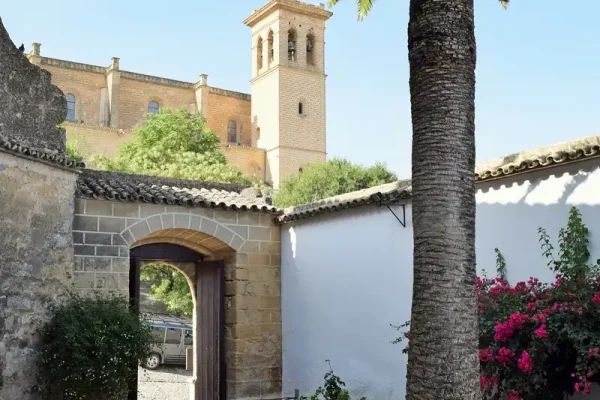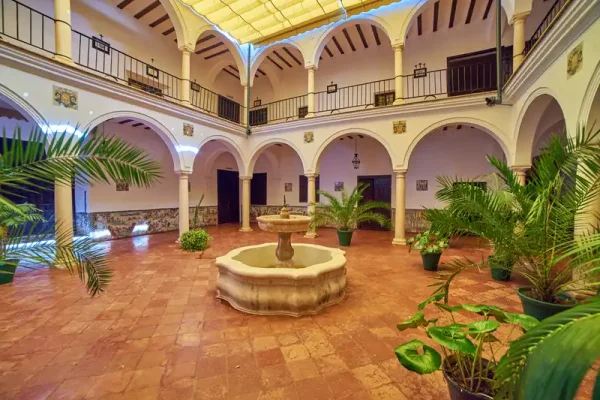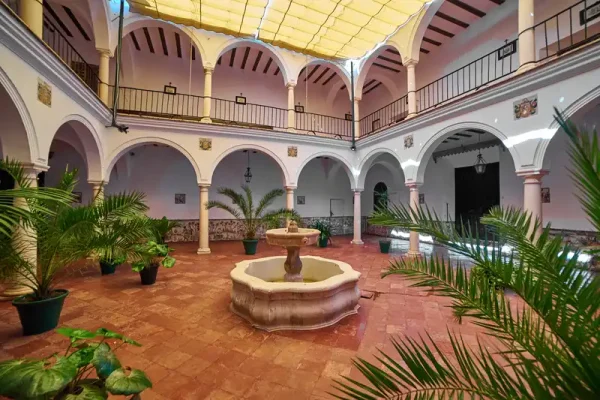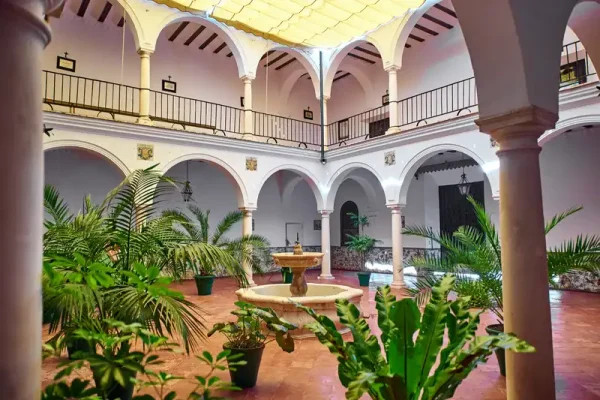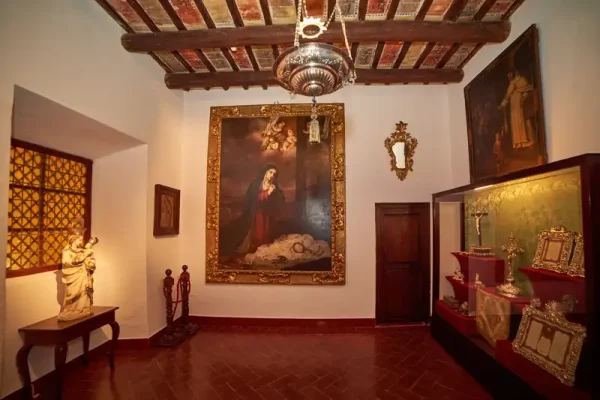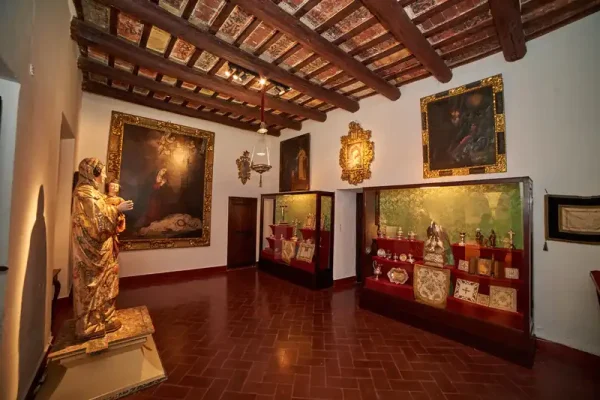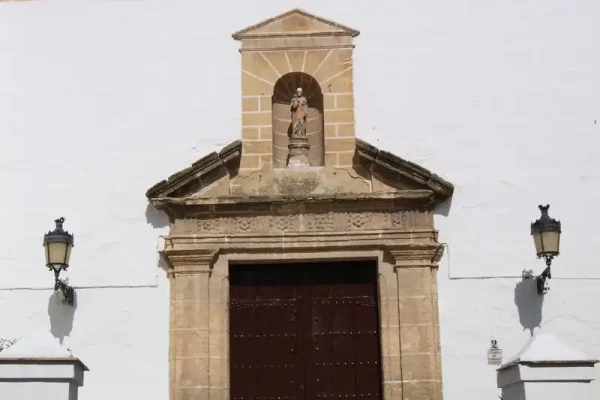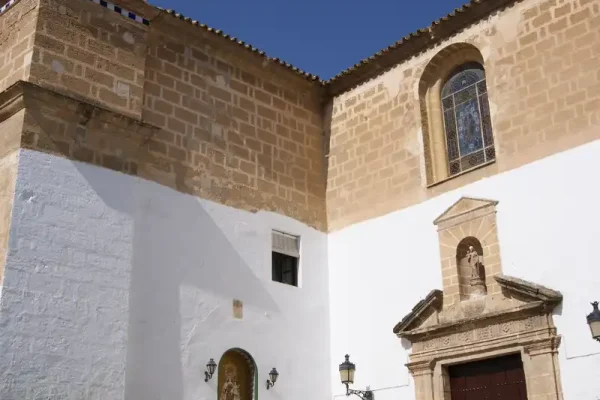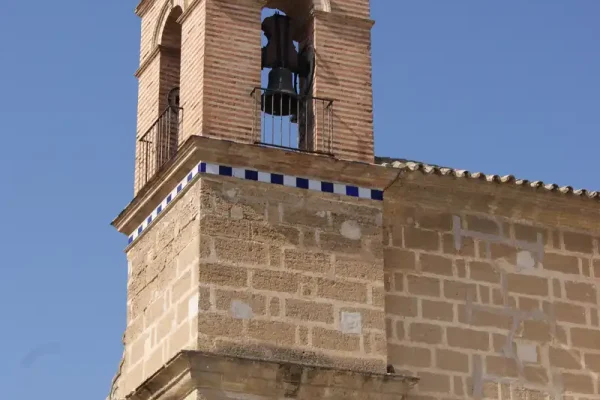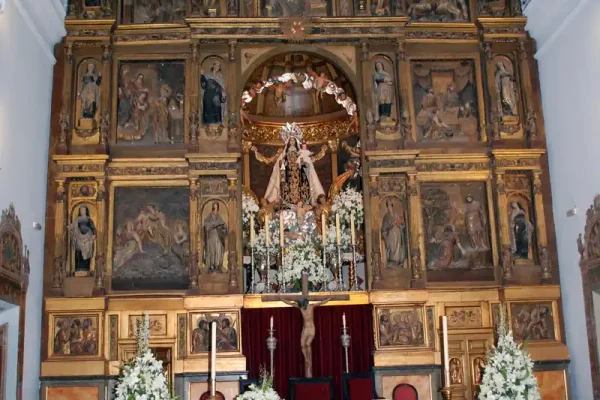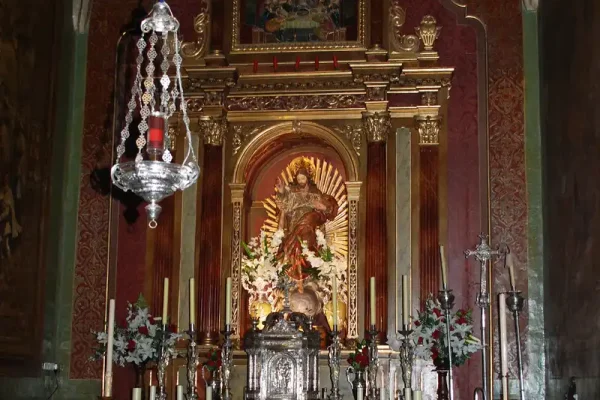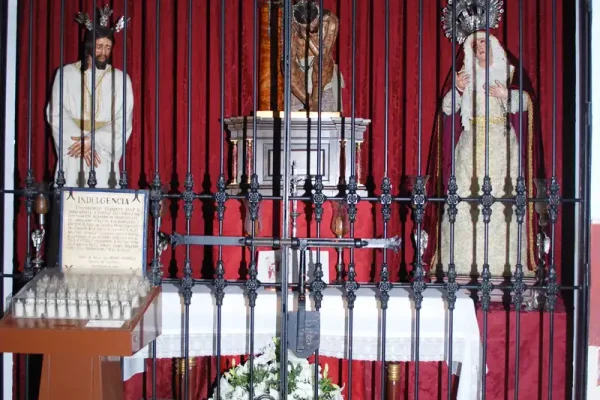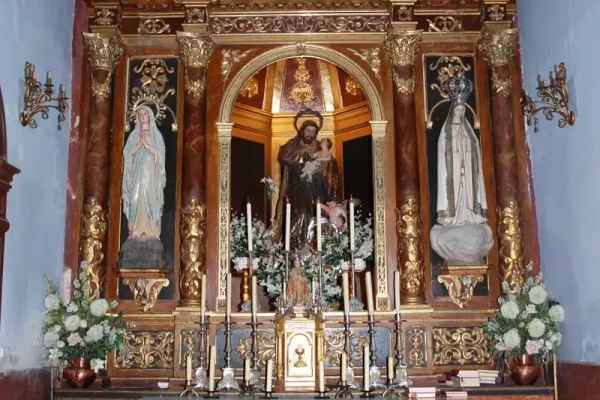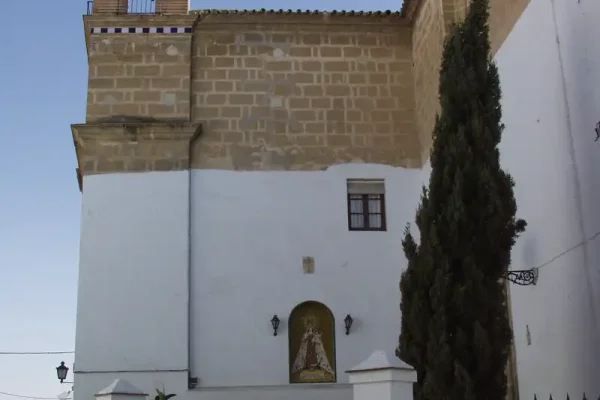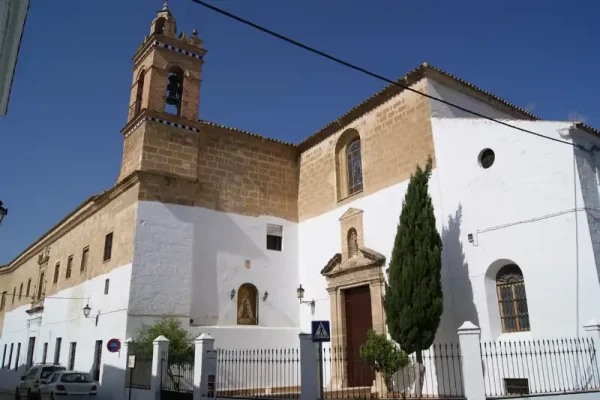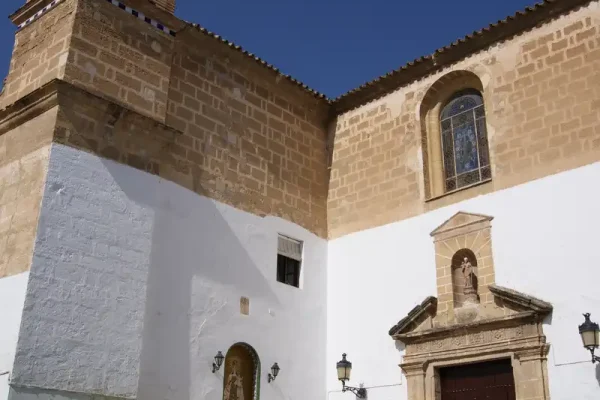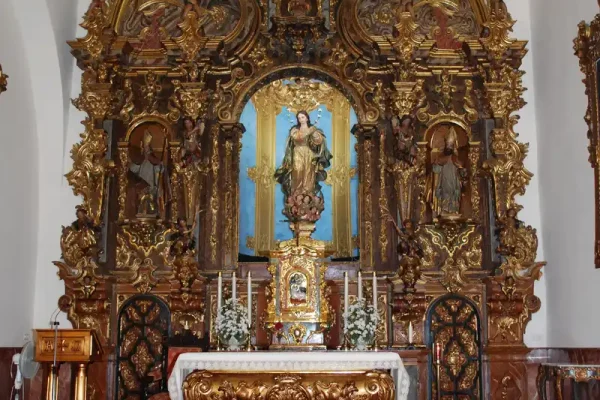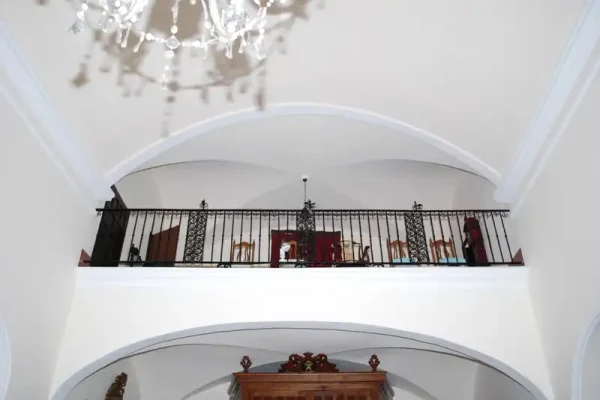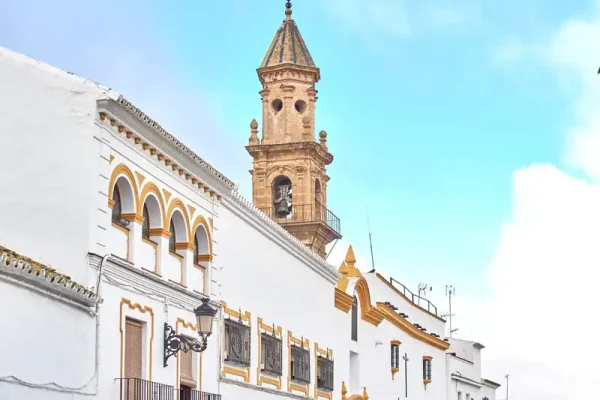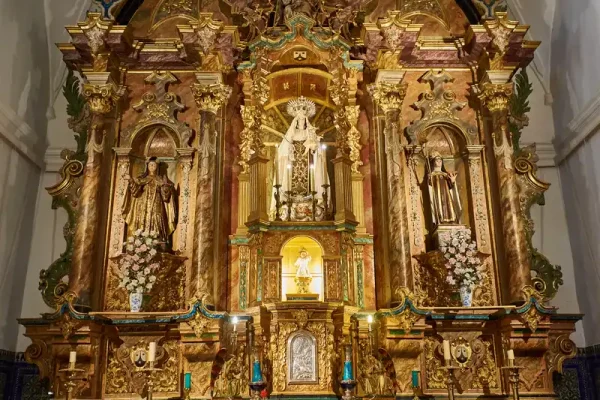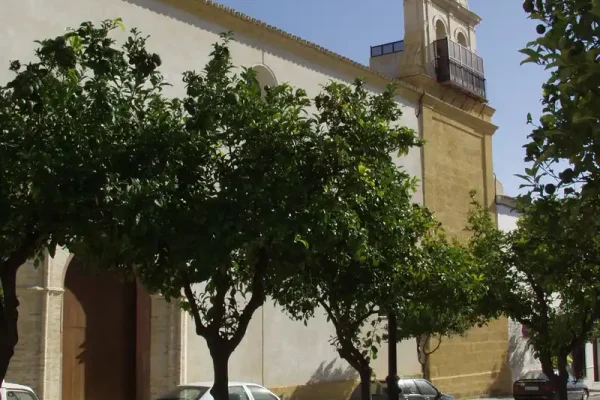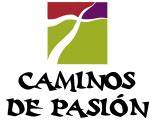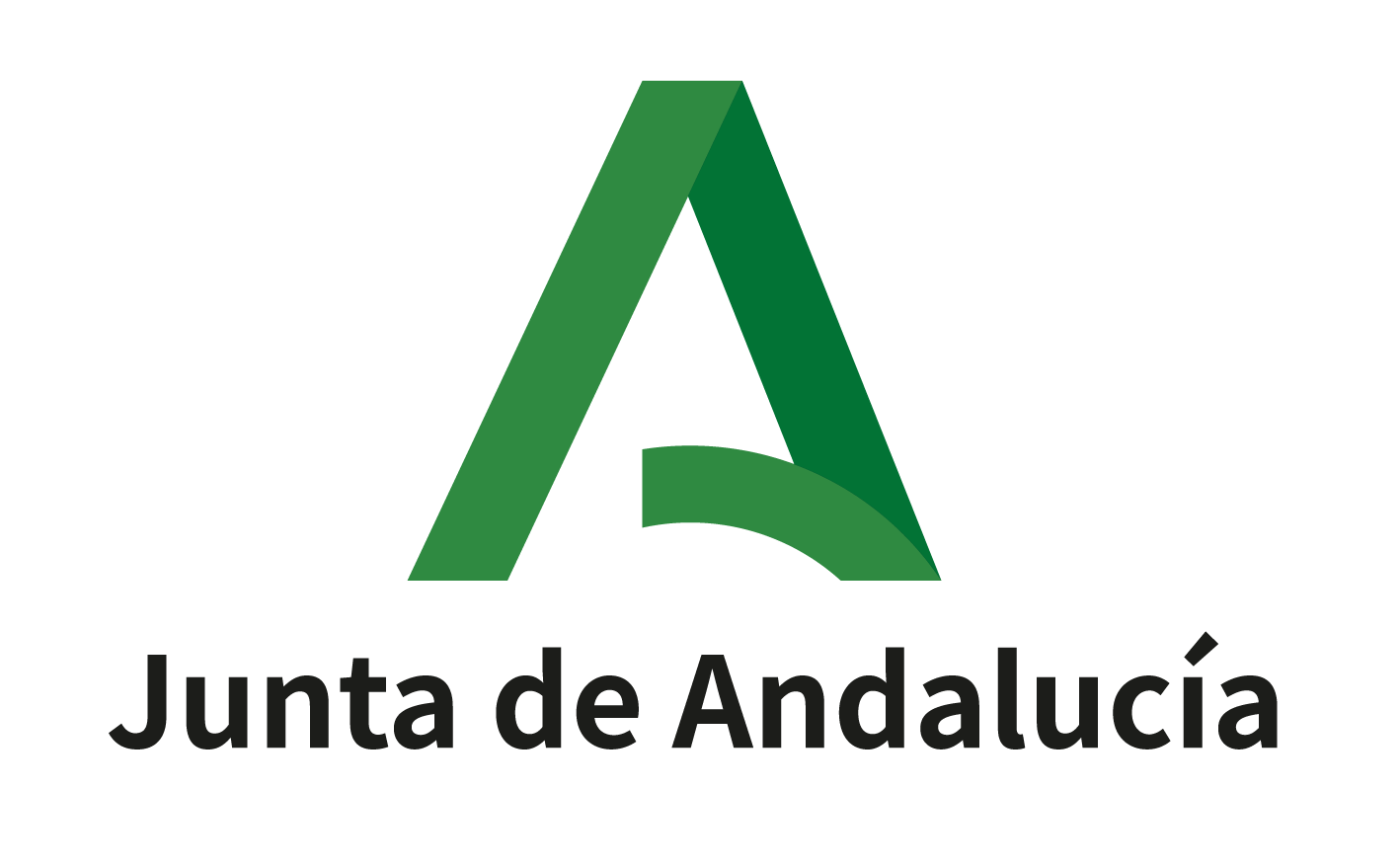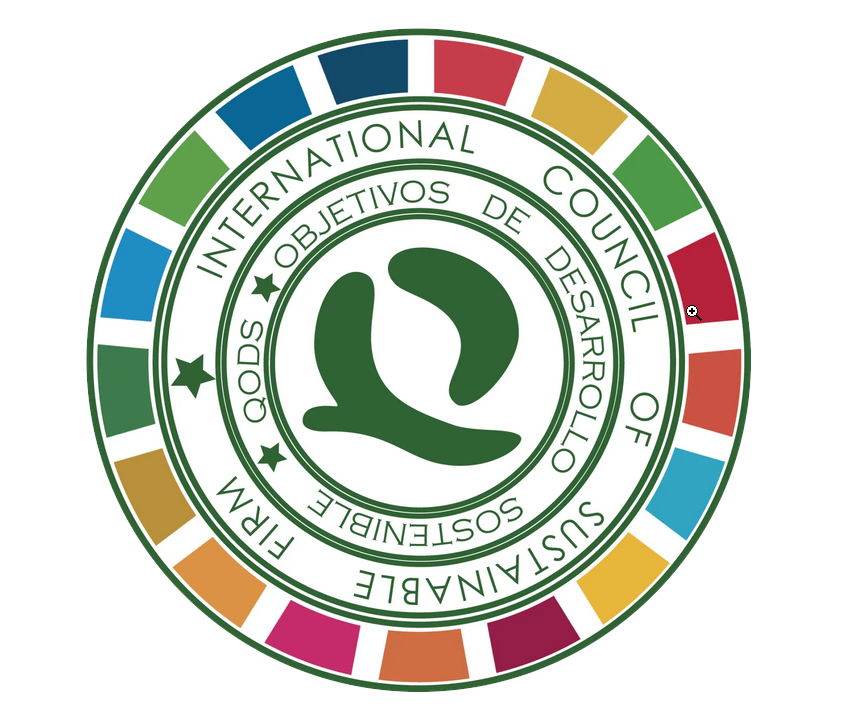


- CONVENT OF LA CONCEPCIÓN
- CONVENT OF LA ENCARNACIÓN
- CHURCH OF THE CONVENT CARMEN
- CONVENT OF THE ESPÍRITU SANTO
- CHURCH OF THE CONVENT SAINT PEDRO
CONVENT OF LA CONCEPCIÓN
16th and 17th century. The Order of the Franciscan Conceptionists. The church is the only part that can be visited. Free entry.
This convent was founded by the Blessed Beatriz Silva for the Franciscan Conceptionists.
It has a blind facade from one extreme to the other. The visitor can appreciate a bell gable built with two brick naves and the loudest bell of the town.
It has the typical structure of a convent with a single nave which is one of the highest ones of Osuna, covered by a barrel vault. The main chapel’s ceiling is decorated in mudejar style.
The main altarpiece was ordered by Francisco María de Ceiba in 1717. It is organized with estipites and it has some sculptures representing Saint José, Saint Miguel, Saint Francisco and Saint Beatriz de Silva. In the central niche the Virgin appears with her son and in the attic Saint Joaquín, Saint Ana and the Coronation of the Virgin.
CONVENT OF LA ENCARNACIÓN
It offers guided visits.
This building was built in 1549 and its original use was to be the hospital of La Encarnación del Hijo de Dios.
In 1612 it was occupied by the Jesuits and, in 1626, the IV Duchess of Osuna founded in the area of the former hospital the monastery ruled by the religious sisters of the order de la Merced.
The facade is made of stone bricks, decorated with pilasters and crowned by a triangular pediment.
The church has a single nave covered by a barrel vault. The main altarpiece is baroque. In the niche, we can highlight the sculpture of the virgin of La Merced.
Passing through the church we access the courtyard: this courtyard is surrounded by Sevillian tiles from the 18th century in which it is possible to contemplate some biblical scenes, the five senses, the four seasons of the year, streets motifs and nuns praying in choir. We can also observe some scenes related to bullfighting and hunting.
A large part of the inside of the monastery has become a Museum, which is organized around the main courtyard. The Museum is composed of four rooms in which we can contemplate a great collection of Baby Jesus, precious metals and important works of imagery.
CHURCH OF THE CONVENT CARMEN
16th century. Current convent of the Carmelites Fathers. Free entry.
This convent was occupied by the order Carmelite in 1606. The origin of its construction must have been at the beginning of the 16th century, as we can appreciate some gothic and Renaissance elements in the facade. Subsequently, the naves and the facade were restored in the 18th century. The inside of the church presents three naves covered by a barrel vault.
One of the most important altarpieces of the Sevillian Renaissance can be found in the presbytery of the church. It dates back to 1588-1590.
The architecture and the images are attributed to Juan de Oviedo el Viejo and Diego de Velasco, highlight the relief of Noli me tangere.
An interesting set of chairs is preserved in the chorus of the church coming from the Carmelite Discalced convent of Écija dates back to the end of the 17th century. It has a total of 22 seats whose chair backs have pictorial representations of saints Carmelites which are identified by their inscriptions.
CONVENT OF THE ESPÍRITU SANTO
Former convent of the Canons of the Holy Spirit. Currently, it is organized by the religious sisters of La Cruz. Free entry.
There has been news of the establishment of the Holy Spirit since the 16th century. It was ruled since 1939 by the religious sisters of La Cruz.
The convent has suffered important modifications throughout history, changing its original location from the Sevilla path to its current one. The works began between 1595 and 1616.
The building was extensively reformed in mid 18th century. The inside presents a single nave, covered by a barrel vault over the main chapel where the greater altarpiece can be found made by Antonio Palomo in 1722.
Convent of Saint Peter
16th century. Currently occupied by the religious Carmelites. Free entry.
The Church of Saint Pedro was founded by Mr. Pedro Téllez Girón in order to be the place of burial for his servants, according to the leyend. When the IV count of Ureña died, the Church was occupied by the religious Discalced Carmelites.
The Carmelites nuns were in Osuna before founding this convent because they were in another convent close to the church of Saint Juan de Dios, under the patronage of Saint Isabel, founded by Isabel Méndez de Sotomayor. In 1564, they decided to transfer the convent and left that area because it was a very uncomfortable place. They were located in the new monastery since 1575, in Saint Pedro square.
This convent was the first foundation of the first Duke of Osuna (son of Mr. Juan Téllez Girón), foundation which was made by him and her mother, Mrs. María de la Cueva.
It has the typical structure of a convent with a single nave covered by a barrel vault while the main chapel is covered with edges vaults.

